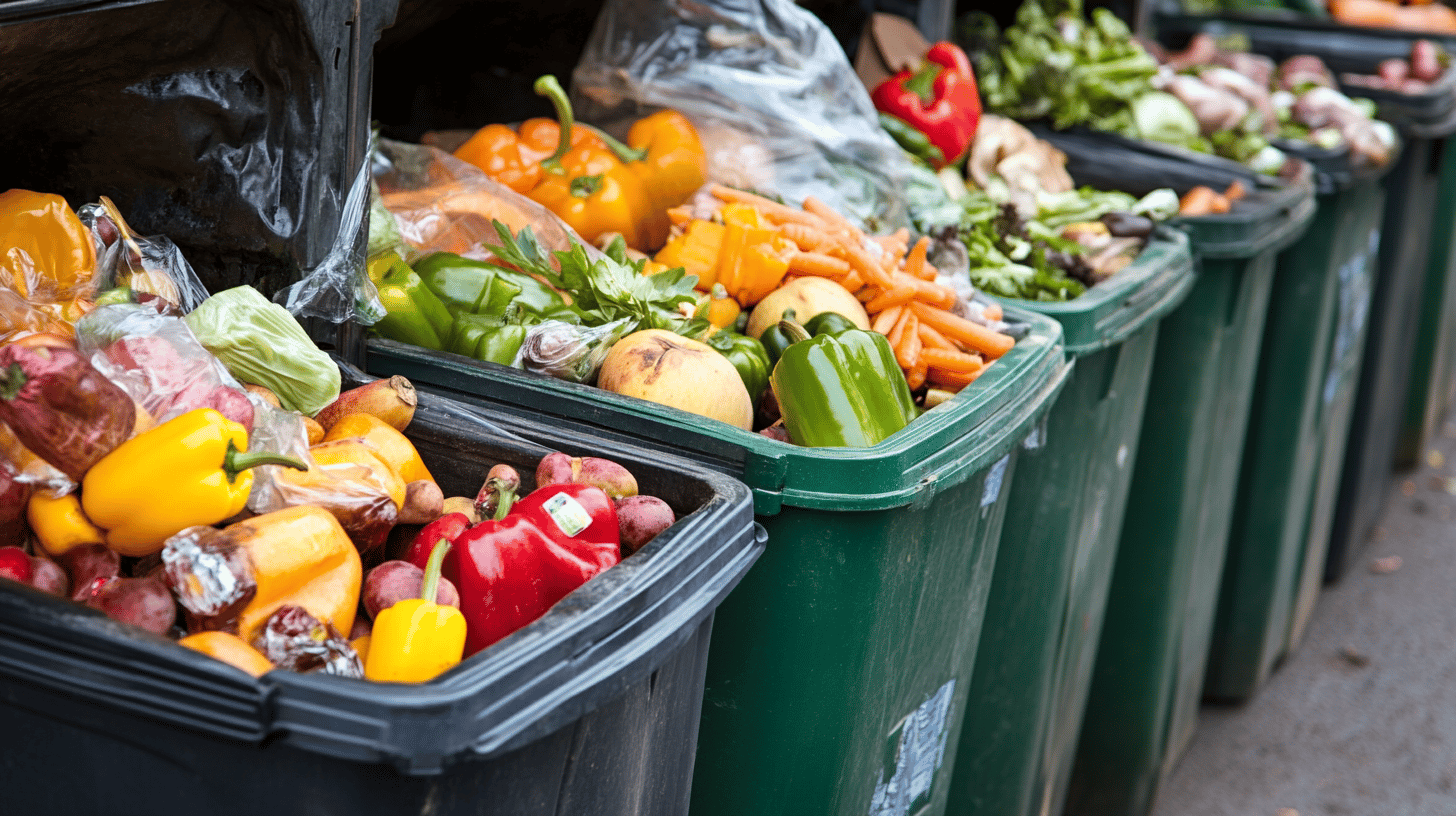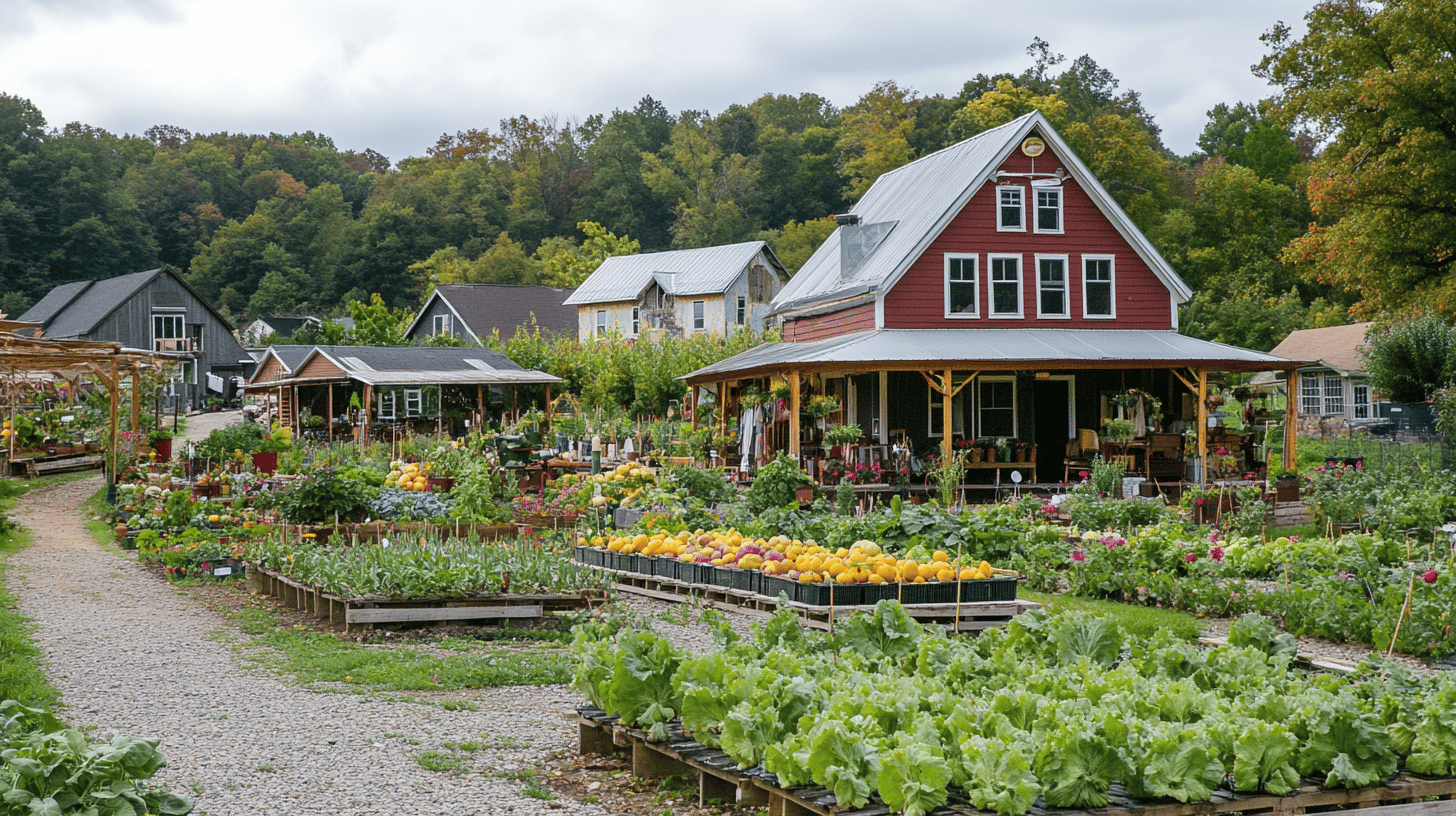Simple and tasty recipes for lunches and dinners that fill you up
Discover easy and tasty recipes for lunches and dinners that fill you up and give you energy. Ideal for everyday cooking and festive occasions.
Looking for inspiration for simple and delicious lunches and dinners that will fill the whole family and give you energy for the day? In this article, we'll present easy recipes that everyone can handle, whether you're cooking for a regular day or planning a festive feast. Get ready for a serving of inspiration that will turn your everyday cooking into a joy!
Why is it important to plan lunches and dinners?
Lunch and dinner planning is a key step towards efficient and sustainable eating. It's not just about what you eat, but also about how you can optimise your time, energy and resources. Proper planning will not only allow you to better manage your daily responsibilities, but also contribute to your health and the environment.

Saving time and energy
Meal planning allows you to get a clear picture of what you'll be cooking during the week, eliminating the stress of daily decision-making.
This avoids last-minute scrambles to find what to prepare or repeated trips to the store.
In addition, if you prepare some ingredients in advance, such as chopped vegetables or cooked rice, you can significantly reduce meal preparation time.
This approach will also allow you to better distribute your energy throughout the day, as you will have more time for other activities.

Healthier eating
Meal planning gives you better control over not only the composition of your meals, but also their nutritional value.
You can ensure in advance that your meals contain enough protein, fibre, vitamins and minerals that your body needs.
Plus, you'll avoid impulse purchases of junk food or fast food, which often contain excess salt, sugar and unhealthy fats.
Planning also allows you to experiment with new recipes and incorporate a wider variety of ingredients into your diet, contributing to a balanced diet.

Minimising food waste
One of the biggest benefits of meal planning is reducing the amount of food wasted.
If you make a shopping list in advance based on planned recipes, you will only buy what you actually need.
This avoids unnecessary hoarding of food that could go bad. Plus, you can make better use of leftovers from previous meals - for example, use leftover rice in a stir-fry or leftover vegetables in a soup.
This approach not only saves money, but also helps to protect the environment by reducing waste.

Better organisation and peace of mind
Meal planning can help you create a regular routine, which can have a positive effect on your mental well-being.
When you know what you're going to cook and have all the necessary ingredients on hand, you avoid the stress and chaos associated with improvisation.
This approach allows you to better allocate your time and energy, which you will appreciate especially during hectic working days. In addition, you can also schedule time to dine together with family or friends, which strengthens interpersonal relationships and brings the joy of food.
A calm mind and organisation in the kitchen can thus become the basis for a harmonious lifestyle.

Economic advantage
Meal planning also has a significant impact on your finances. With an accurate shopping list, you'll avoid impulse purchases and unnecessary spending on groceries you wouldn't end up using.
You can focus on seasonal ingredients that are not only fresher but often cheaper. Plus, preparing meals at home is generally much more economical than ordering food from restaurants or buying ready-made meals. In addition, if you prepare larger portions and freeze some of the food, you save not only money but also time that you would otherwise spend cooking every day.
This approach allows you to better manage your budget while encouraging a more sustainable way of living.
Practical tips for easy and tasty lunches and dinners
Planning and preparing lunches and dinners doesn't have to be complicated or time-consuming. With a few simple tips and tricks, you can create delicious and nutritious meals that will fill the whole family while saving you time and energy. Here are practical tips to make everyday cooking easier while enjoying the variety of vegan cuisine.
Tip 1: Quick recipes in 30 minutes
If you are short on time, quick recipes are the ideal solution.
In addition to stir-fry vegetables with rice or pasta with cashew sauce, you can also try other simple dishes such as vegan red lentil soup, which is ready in 20 minutes, or hummus wraps filled with fresh vegetables.
Other great choices are high-protein salads, such as quinoa salad with chickpeas, avocado and lemon dressing.
These recipes not only save time, but also offer a great combination of flavors and nutrients.
Quick recipes can be found in the separate section Quick recipes (for everyday cooking)
Tip 2: One-pot meals for easy cooking
One-pot meals are the perfect choice for those who want to minimize the amount of utensils used while preparing tasty and filling meals.
In addition to lentil stew or vegetable curry, you can try, for example, tomato risotto with roasted vegetables, which is cooked in one pot and is full of flavour.
Another option is vegan eintopf - a thick soup full of vegetables, beans and spices that warms and satiates.
One-pot meals are also great for experimenting with different spices and ingredients, allowing you to explore new flavours.
Tip 3: Preparing meals for multiple days
Preparing larger meals is a great way to save time during the work week. In addition to lasagna or vegan chili, you can try other dishes that are easy to store and reheat.
For example, baked vegetable patties that can be served with a variety of side dishes, or homemade veggie burgers that can be frozen and used anytime.
Another great option is to prepare basic ingredients such as cooked quinoa, rice or legumes that you can combine with fresh vegetables and sauces to taste.
This approach allows you to quickly assemble a complete meal without unnecessary stress.
Tip 4: Inspiration from international cuisine
If you're looking for new ideas, take inspiration from international cuisines.
Indian, Mexican or Mediterranean cuisine offer many vegan options that are full of flavour and easy to prepare.
For example, Mexican burrito bowls with beans, guacamole and salsa, or Indian dhal with coconut milk and spices.
These dishes will not only enrich your diet, but also allow you to discover new combinations of flavours and ingredients.
Tip 5: Use seasonal ingredients
Cooking with seasonal ingredients is not only economical but also environmentally friendly.
Seasonal vegetables and fruits have the best taste and are often available at a lower price.
In autumn, for example, you can prepare pumpkin soup or roasted root vegetables, while in spring you can enjoy fresh salads with radishes and asparagus.
Using seasonal ingredients also allows you to experiment with new recipes and adapt your menu to the current season.
Tip 6: Pre-prepared ingredients for faster cooking
One of the easiest ways to make preparing lunches and dinners easier is to have pre-prepared ingredients on hand.
For example, you can pre-cut vegetables, cook larger quantities of legumes or grains such as quinoa or rice and store them in the fridge or freezer.
You can also prepare homemade sauces, such as tomato or cashew sauce, which can be quickly used with pasta, stir-fry or baked dishes.
This approach will save you time on hectic days and allow you to prepare a tasty meal in minutes.
Tip 7: Use leftovers to create new dishes
Leftovers from previous meals don't have to end up in the bin - on the contrary, they can become the basis for new dishes.
For example, you can add leftover roasted vegetables to a salad, soup or wrap. Leftover rice can be used to make fried rice with vegetables or as a base for vegan sushi.
If you have leftover sauce, you can use it as a dip or add it to another dish.
Creative use of leftovers not only saves time and money, but also minimizes food waste, which is important for a sustainable lifestyle.
With these tips, everyday cooking becomes easier, more fun and more sustainable. Try some of these ideas and discover the joy of preparing delicious and nutritious vegan meals!
How do lunches and dinners relate to veganism?
Veganism is not just about what we eat, but also about how our choices affect the world around us.
Lunch and dinner play a key role in everyday life and switching to a vegan diet can have a positive impact on health, the environment and ethics.

Vegan recipes as a path to health
Vegan lunches and dinners are often rich in fibre, vitamins, minerals and antioxidants that promote heart health, reduce the risk of chronic diseases and improve digestion. The absence of animal fats and cholesterol makes these meals both lighter and more nutritious. Plus, they allow you to discover new ingredients such as legumes, whole grains, nuts and seeds that can enrich your diet with important nutrients.

A sustainable approach to food
The use of plant-based raw materials has a significantly lower environmental impact than the production of animal products. Growing plants requires less water, land and energy, helping to reduce the carbon footprint. For example, producing one kilogram of beef uses many times more water than growing the same amount of pulses. Vegan lunches and dinners are therefore an easy way to help protect the planet and promote a more sustainable way of life.

The ethical side of vegan eating
Veganism is also about respect for animal life. By choosing plant-based alternatives to traditional dishes such as vegan sirloin steak, seitan stew or plant-based burgers, you can express your stance on animal welfare and support ethical values.
These alternatives are not only tasty but also show that traditional recipes can be prepared without using animal products without losing their popularity.

Creativity in the kitchen
Vegan lunches and dinners open the door to exploring new flavours and combinations.
Inspiration from international cuisine, such as Indian dhal, Mexican burrito bowls or Thai curries, allows you to experiment with spices and ingredients you may not have tried before.
Veganism is thus not just about changing your diet, but also about broadening your culinary horizons.

Support for local resources
When preparing vegan meals, you can favour seasonal and local ingredients that are fresh, tasty and often cheaper.
Buying from local farmers supports the local economy and reduces the environmental footprint associated with transporting food over long distances.
Vegan lunches and dinners are not only a healthy and tasty choice, but also a way to live in harmony with nature, promote sustainability and show respect for animal life.
Try one of our vegan recipes and discover how easy and beneficial it can be to incorporate plant-based meals into your daily life!






